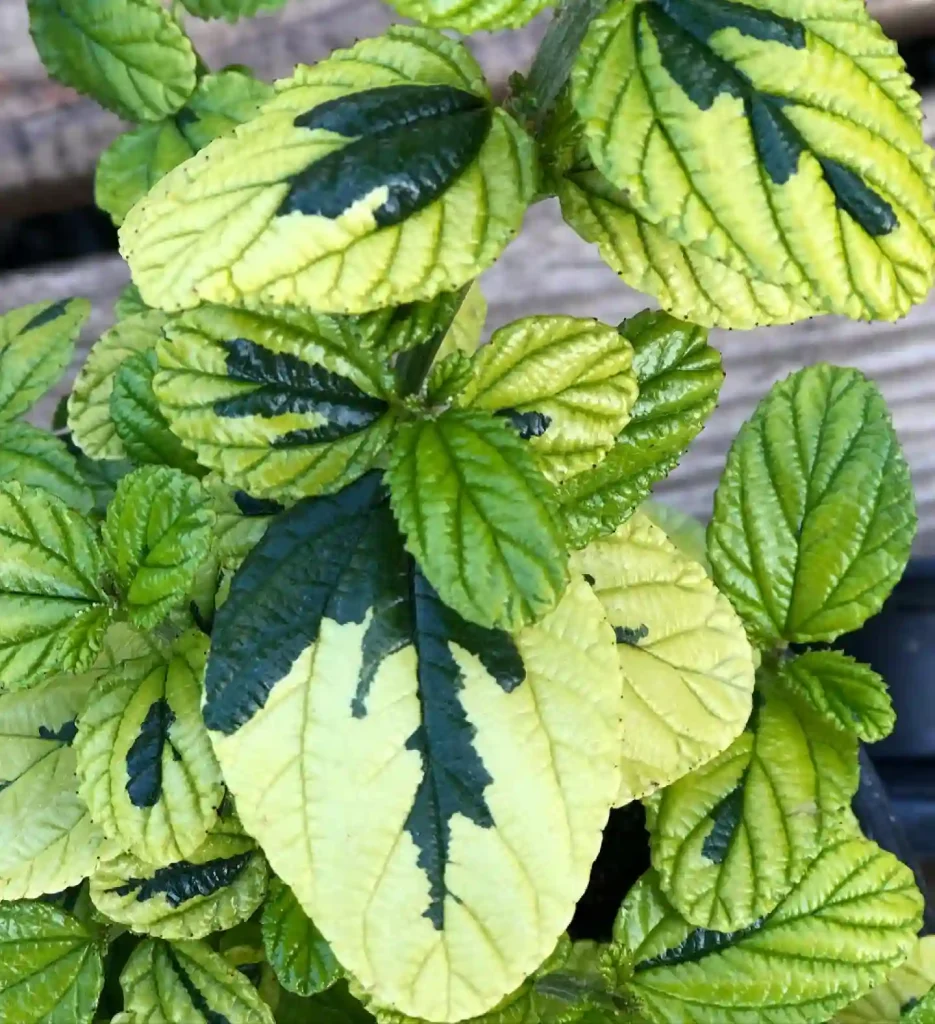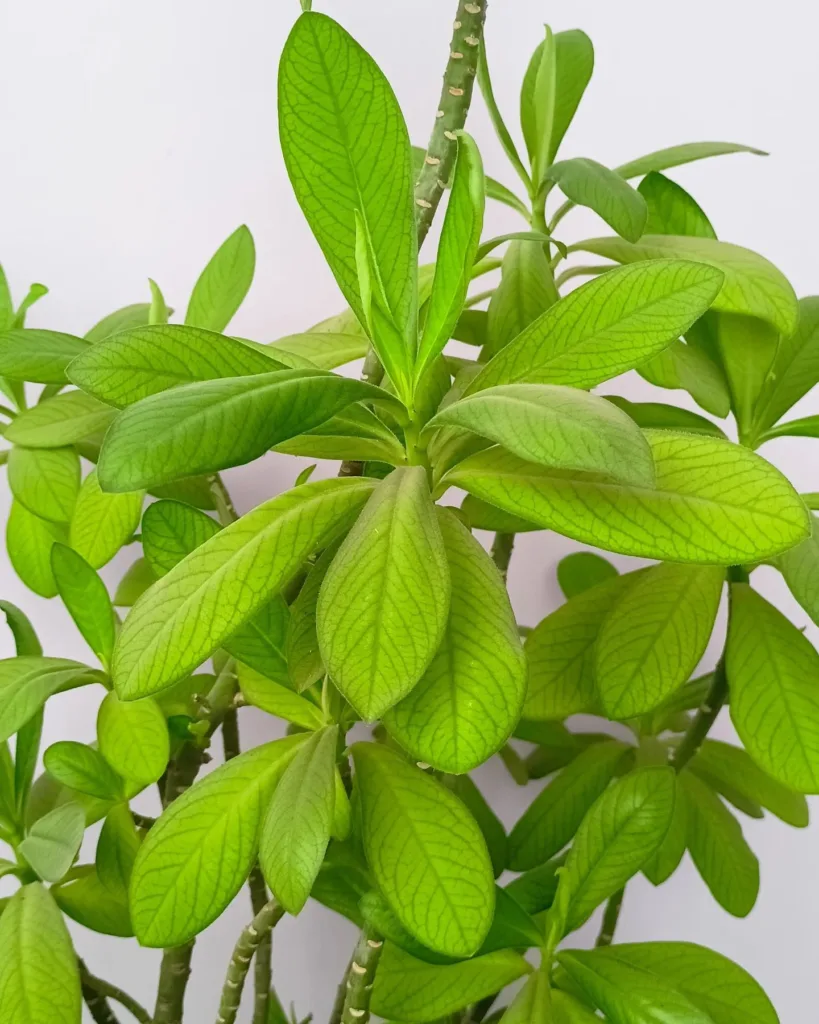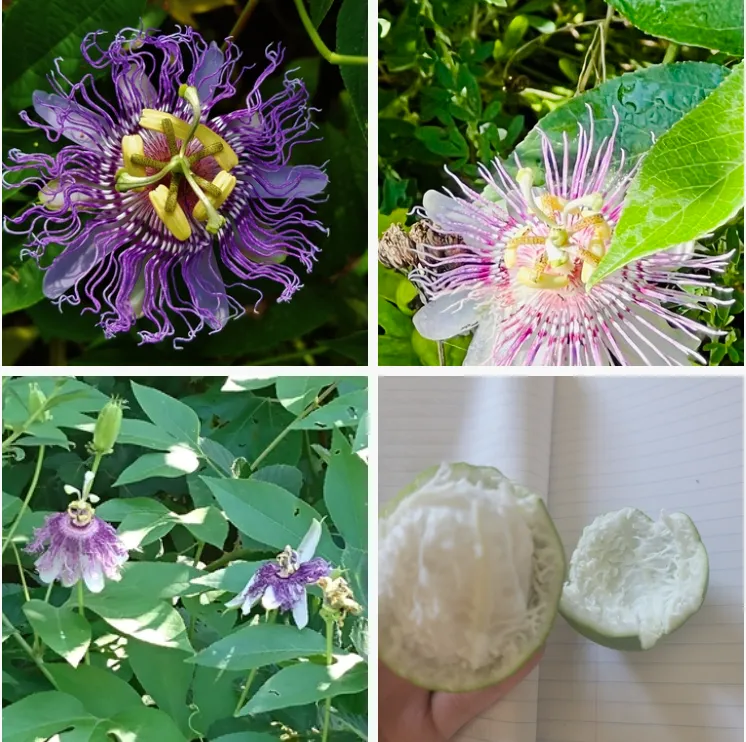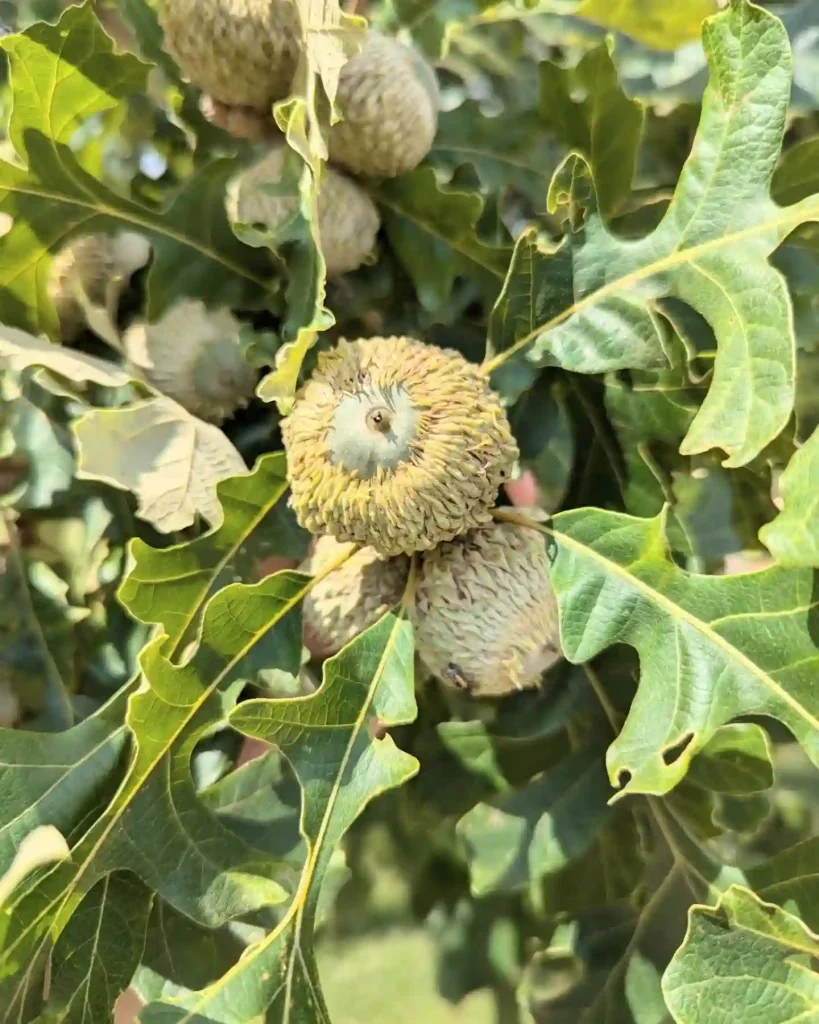Oryza: A Deep Dive into the Genus that Feeds the World
As a plant enthusiast, I’ve always been fascinated by the diversity and importance of the grass family, Poaceae. But there’s one genus within this family that holds a special place in my heart, and on the plates of billions around the world: Oryza, the genus of rice.
Rice, a staple food for more than half of the world’s population, is more than just a grain; it’s a symbol of culture, tradition, and sustenance. From the vibrant paddy fields of Vietnam to the bustling markets of India, rice plays a crucial role in shaping landscapes, economies, and cuisines.
Unpacking the Diversity of Oryza
While most people associate rice with the common varieties found in their local supermarkets, the genus Oryza is surprisingly diverse. It encompasses around 19 recognized species, each with its own unique characteristics and adaptations. These species can be broadly classified into two main categories: cultivated and wild.
- Cultivated Rice: This group includes the two species responsible for feeding billions: Oryza sativa and Oryza glaberrima. Oryza sativa, commonly known as Asian rice, is the most widely cultivated species, accounting for the vast majority of global rice production. Oryza glaberrima, or African rice, is primarily cultivated in West Africa and has a distinct nutty flavor.
- Wild Rice: The remaining species within the Oryza genus are considered wild rice. These species, while not typically cultivated for food, play a vital role in the ecosystem and serve as a valuable genetic resource for breeding programs. They possess traits like drought tolerance, pest resistance, and nutrient efficiency, which can be harnessed to improve cultivated varieties.
A Closer Look at Oryza Species
- Oryza australiensis Domin
- Oryza barthii A.Chev.
- Oryza brachyantha A.Chev. & Roehr.
- Oryza coarctata Roxb.
- Oryza eichingeri Peter
- Oryza glaberrima Steud.
- Oryza grandiglumis (Döll) Prodoehl
- Oryza latifolia Desv.
- Oryza longiglumis Jansen
- Oryza longistaminata A.Chev. & Roehr.
- Oryza meyeriana (Zoll. & Moritzi) Baill.
- Oryza minuta J.Presl
- Oryza neocaledonica Morat
- Oryza officinalis Wall. ex Watt
- Oryza punctata Kotschy ex Steud.
- Oryza ridleyi Hook.f.
- Oryza rufipogon Griff.
- Oryza sativa L.
- Oryza schlechteri Pilg.
The Importance of Oryza
The significance of Oryza, particularly Oryza sativa and Oryza glaberrima, cannot be overstated. Rice is a dietary cornerstone for billions, providing a significant source of carbohydrates, vitamins, and minerals. It’s a versatile grain, adaptable to a wide range of culinary traditions and preparations. From sushi to paella, rice forms the foundation of countless dishes across the globe.
Beyond its nutritional value, rice also plays a crucial role in the livelihoods of millions of farmers and rural communities. Rice cultivation provides employment, income, and food security in many regions, particularly in Asia and Africa. The cultural significance of rice is deeply intertwined with its economic importance, shaping traditions, festivals, and social structures.
Conservation and Future of Oryza
While rice is a staple crop, the genetic diversity of Oryza is under threat. Habitat loss, climate change, and the widespread adoption of high-yielding varieties have led to a decline in the genetic diversity of both cultivated and wild rice species. This loss of diversity poses a risk to the long-term sustainability of rice production, making it vulnerable to pests, diseases, and environmental changes.
Conservation efforts are crucial to preserving the genetic diversity of Oryza. This includes protecting wild rice habitats, maintaining seed banks, and promoting the cultivation of diverse rice varieties. Researchers are also exploring the potential of wild rice species to improve the resilience and nutritional value of cultivated rice through breeding programs.
The future of Oryza lies in our ability to balance the demands of a growing population with the need to conserve the genetic diversity of this vital genus. By understanding the importance of Oryza, both cultivated and wild, we can ensure that rice continues to nourish and sustain generations to come.
If i die, water my plants!



